Hunting or foraging for wild mushrooms can be a very rewarding experience, but knowing which mushrooms are edible is a key skill to have before heading out into the woods.
In this guide, we’ll share the best tips and tricks for edible mushroom hunting, discuss the best mushrooms available for foraging in different regions of the US and share some incredible recipes to make the most of your bounty.
Mushroom Hunting Basics
I went on a foraging walk with Forage SF last year, and our guide explained that when it comes to mushrooms, you need to be 200% sure about what you’re harvesting before even thinking about eating it. While the same is true for plant foraging too, it’s perhaps even more important for mushrooms since there are lots of mushroom lookalikes that can be dangerous. If you’re not an experienced forager yourself, be sure to mushroom hunt with an experienced guide.
Learning which mushrooms grow in your region, and in which season, can make your mushroom hunting more productive and safer. And don’t forget to have patience! Mushrooms are sometimes fickle little creatures, and most mushroom foragers will tell you that some days you find a bounty, and other days you come home empty-handed.
Tools For Foraging Mushrooms
If you’re getting ready to hunt mushrooms you need few good tools to help you along the way. First and foremost, unless you’re an expert mushroom forager, you’ll need a detailed mushroom field guide for your region. Be sure to review it before you head out, and then double and triple check before harvesting anything from the forest.
Some other tools you’ll find helpful along the way:
- Notebook and pen for taking notes
- A magnifying glass (to pair with your field guide to determine the details of a particular specimen)
- A good knife, scissors, or a special mushroom cutting knife
- A large basket to carry your harvest out of the forest and a backpack to carry all your gear
- A light or headlamp
- Waterproof clothing and boots
- A local, regional, or park map and/or GPS to help you find your way home after adventures further afield
Mushroom Hunting.com also recommends wax or paper bags to keep any specimens you are not sure about separate; if you can’t see all the details of the mushroom while out in the forest, you can take a better look once you’re at home to confirm safety. To further understand your specimens, The Spruce suggests both black and white paper to test spore patterns, which can help confirm identity of any questionable fungi.
What Types of Mushrooms Can You Forage?
There are hundreds of mushroom varieties that grow around the US in various timeframes, geographies, and weather patterns, but here are some of the most common mushrooms hunted in the US.
Lion’s Mane
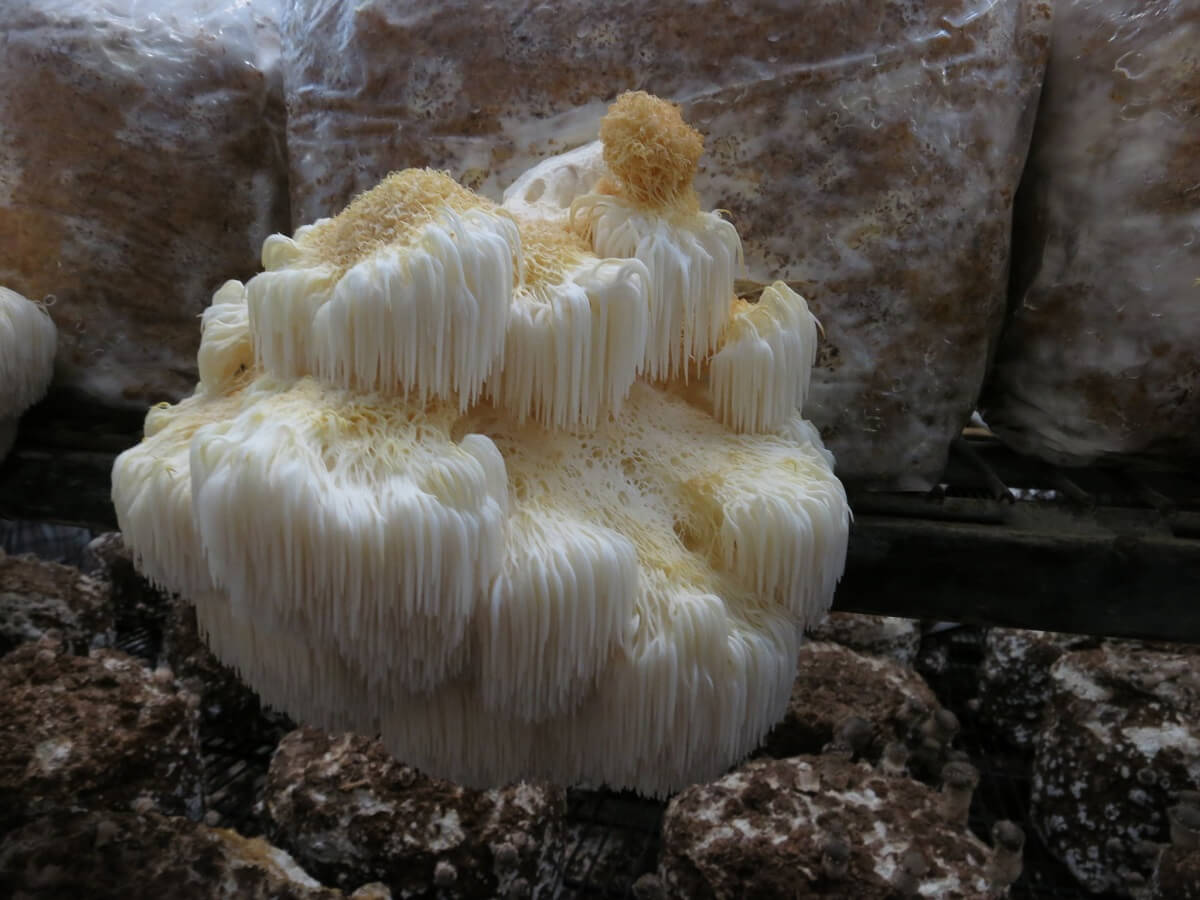
This gorgeous fungi is unlike any idea of mushroom you might have seen. It is bright white, and almost fluffy looking – making it a ‘fool-proof’ mushroom, according to The Mushroom Forager. This mushroom, also called pom-pom mushroom, is in the family Hericium, all of which are edible – though some are more delicious than others.
Wild Foodism explains that this mushroom, “is one of the most delectable mushrooms in the fungal kingdom, resembling crab meat in taste and texture.” They also write that like many wild mushrooms, Lion’s Mane has been found to improve cognitive function and can be neuro-regenerative.
Lion’s Mane fruits in the spring through summer and into fall, almost always on dead or dying hardwood – but this species also takes well to cultivation in sawdust and on logs at home.
Chanterelles
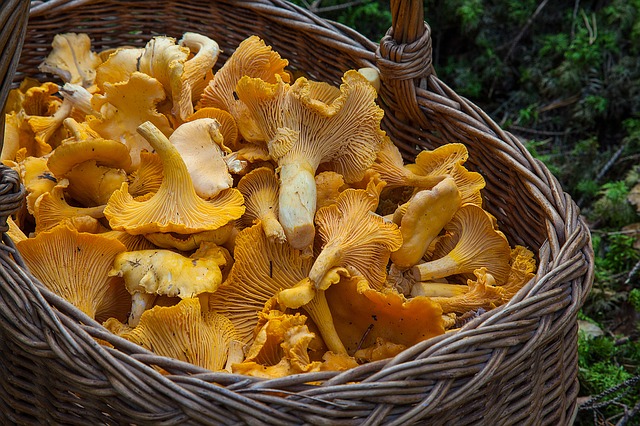
The golden, beautiful mushrooms known as chanterelles (Cantharellus cibarius) are highly regarded in the mushroom community and among chefs. WildEdible says that these mushrooms can range in color (yellow to deep orange), flavor (mildly peppery with a distinct fruity apricot-like aroma), and in size (as large as 5 inches in diameter, but 2 inches is closer to average).
Like other mushrooms, chanterelles are often found in late spring through late summer or early fall in the Eastern United States, but fall and winter in California. These mushrooms seem to like hardwoods like maple, poplar, white oaks, pines, birch, hemlock, and bay, and they like slightly damp areas, so are good to find after a rain.
According to multiple sources, chanterelles are often prone to bug damage, so be sure to inspect and clean your fungi prior to cooking lest you enjoy some extra critters with your mushrooms.
Morels
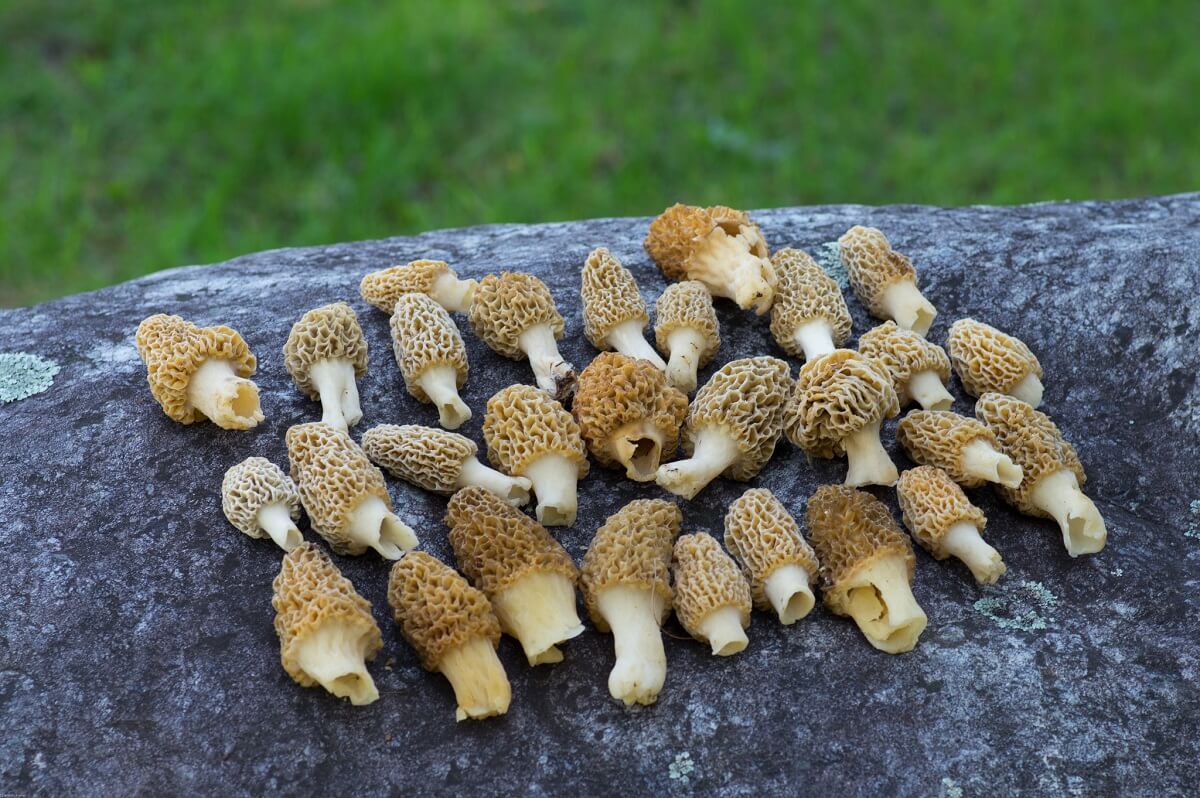
Field & Stream calls morels ‘America’s mushroom’ since they are so widespread, easy to identify, and so very delicious to eat. They are fairly distinct looking, and so are often considered a safer option for beginning foragers. F & S explains that the morels like to live on the edge of forested areas, especially around trees like ash, aspen, elm, and oak trees—and especially around dead trees.
Related Post: Morel Mushroom Hunting
The season for morels is spring (with temperatures between 60ºF during the day and 40ºF at night). Later in the season, you can find them deeper in the forest. They tend to like loamy soil, like that of a creek bed, and they especially like burn sites or disturbed ground.
Maitake Mushrooms
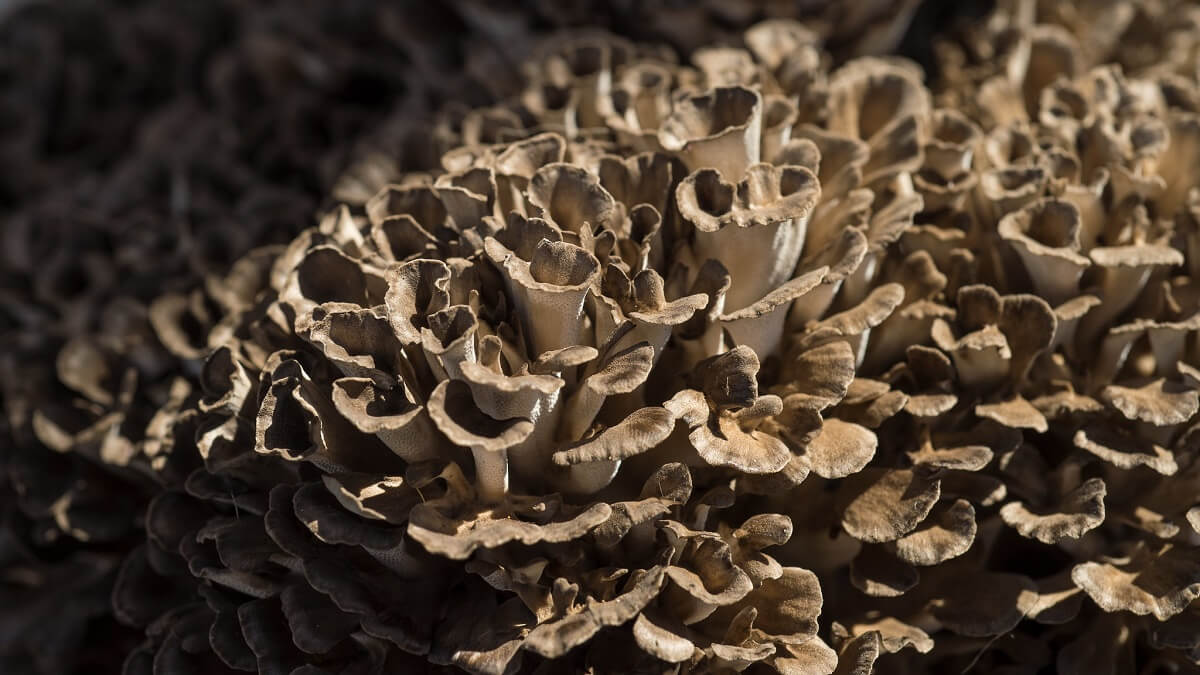
Maitake (Grifola frondosa) are truly wild-looking mushrooms. These are also known as hen of the woods (since it looks like a fluffing chicken) or ram’s or sheep’s head. Paul Stamets, the renowned mushroom hunting expert, explains that maitake mushrooms are “particularly fond of oaks, elms, and rarely maples,” and that they feed on dead roots of aging trees.
That means these mushrooms bunches are found at the base of trees. Also like some other mushrooms, maitakes have some great nutritional benefits, including immune-boosting compounds.
Porcini Mushrooms

Porcini grow across Europe and North America and is nearly impossible to cultivate, so if you’ve eaten porcini mushrooms, they are most likely wild and foraged! It’s famous not only for its flavor but also for its unique structure–unlike other mushrooms with gills, the porcini is actually quite spongy on the underside. These mushrooms can be found in hardwood forests near pine, chestnut, hemlock, and spruce in the summer and into fall.
Related Post: Winter Foraging: 20+ Edible Greens, Nuts, Seeds, and Fruits to Forage For in Cold Weather
Like chanterelles, they are often home to bugs like maggots or worms, so check them and wash if needed. Porcini mushrooms (Boletus edulis) are often found dried in gourmet stores and are a great addition to most meals, since their meaty, nutty, or umami flavor lends itself well to most meals.
Vegetarian Recipes for Wild Mushrooms
Now that you know which types of mushrooms to look for in the forests and fields, now you can learn how to cook them. All wild mushrooms taste incredible in a butter or olive oil saute—this preparation allows the various nutty, earthy, meaty flavors to come through. They can be eaten plain, or tossed with pasta, risotto, or polenta. But if you want to take your mushroom recipes to the next level, below are some wild mushroom recipes that you might enjoy.
Lion’s Mane Mushroom Recipes
- Lion’s Mane ‘‘Liver’ and Onions Recipe from One Green Planet
- Lion’s Mane Mushroom Tacos from Vegan ESP
- Lion’s Mane ‘Crab Cakes’ from Asheville Fungi
Maitake Recipes
- Roasted Maitake (Hen of the Woods) from PBS Food
- Gnocchi with Fresh Maitake from Blue Apron
Morel Recipes
- Pan-fried Morels from The Great Morel
- Stuffed Spring Morels from TreeHugger
- Heidi Swanson’s Saké Mushrooms (any variety)
Chanterelle Recipes
- White Wine & Garlic Chanterelles from Isa Chandra Moskowitz
- Chanterelle Cream Soup from My New Roots
Porcini Mushroom Recipes
- Heidi Swanson’s Porcini Mushroom Fettuccine
- Learn how to grill, roast, and dry porcinis from Crazy About Mushrooms
- Spring Grilled Porcini from Hunter, Angler, Gardener, Cook
Further Resources For Mushroom Hunting & Foraging
North American Mycological Association is dedicated to the promotion of scientific and educational activities related to fungi, supports the protection of natural areas and their biological integrity, and advocates the sustainable use of mushrooms as a resource and endorse the responsible mushroom hunting and collecting that does not harm the fungi or their habitats. Here are a few more mushroom hunting resources we recommend:
- Paul Stamets is a world-renowned mushroom hunting expert and has written many books on the subject. Read more about his work and his books.
- Poisonous mushrooms to avoid from AmericanMushrooms.com
- Wild Foodism, Easy to Identify Edible Mushrooms for the Beginning Mushroom Hunter
- Book: Mushrooms and Other Fungi of the MidContinental United States
- Book: Edible Wild Mushrooms of North America: A Field-to-kitchen Guide


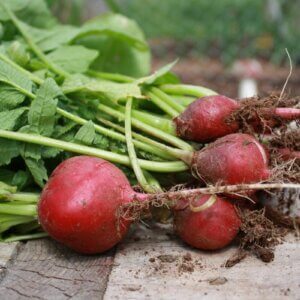
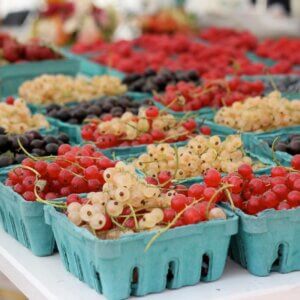

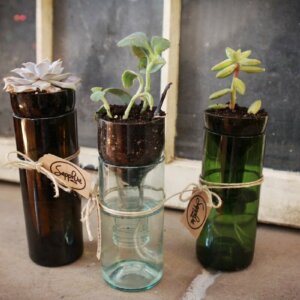

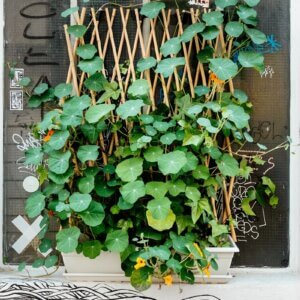
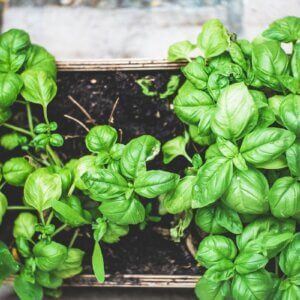

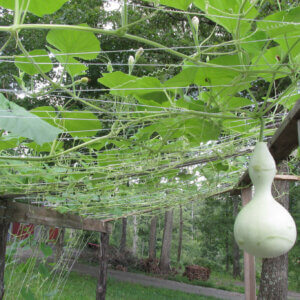
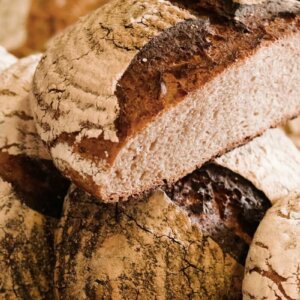
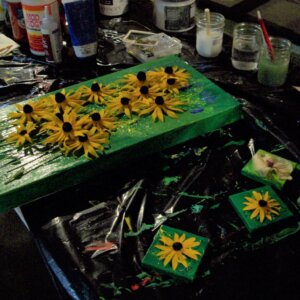
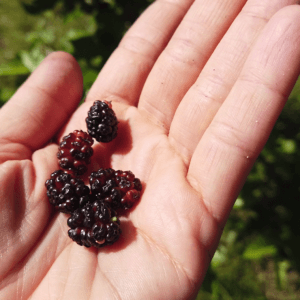
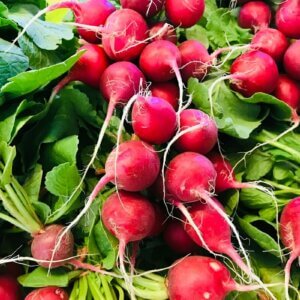

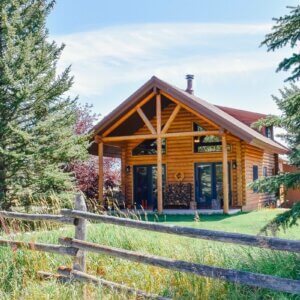
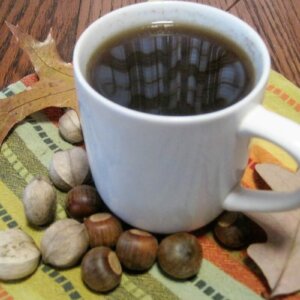
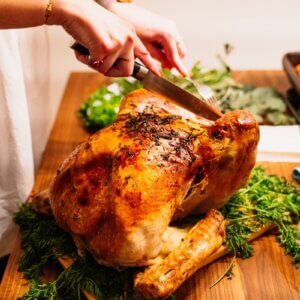

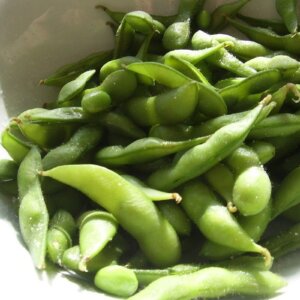








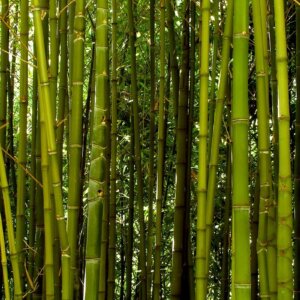
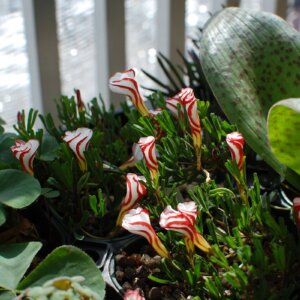
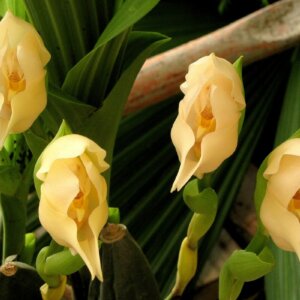
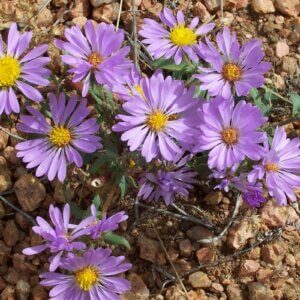
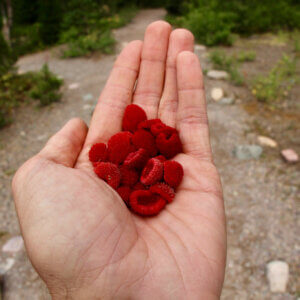

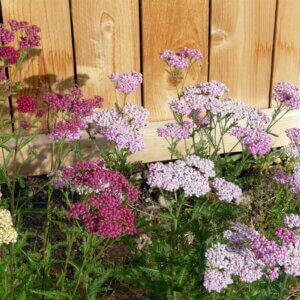
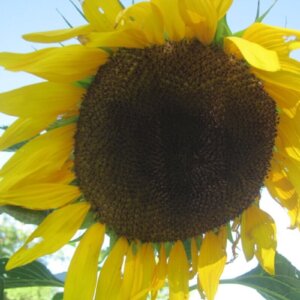


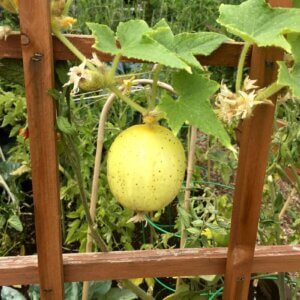
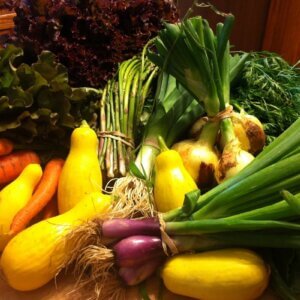

Really Nice Post…
http://www.global-technical-support.co.uk/norton-support/
Mushroom hunting is something I wish I’d learned from my grandfather before he passed away. I’m a big mushroom fan and would love to be confident enough to head out on a foraging expedition.
The mushroom in the photograph depicting a morel is a false morel. It appears to have folds and not pits.
Hi Ashley-
Good eye! Thanks for spotting that and letting us know. I updated the image.
Leigha